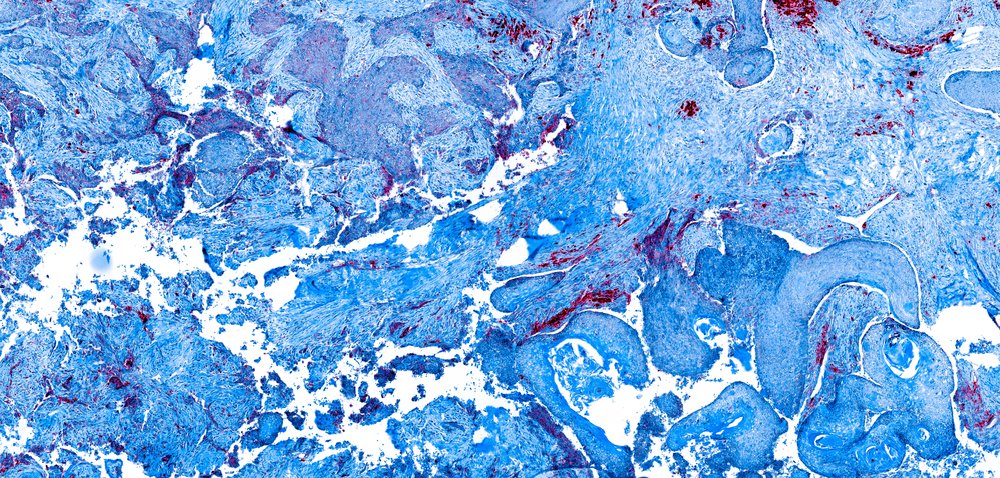Adrenal Gland Lump Led to 5-year-old Developing Cushing’s, Starting Puberty, Case Study Reports
Written by |

Non-cancerous adrenal gland tumors can lead to rare cases of Cushing’s syndrome in young children and puberty starting years before it should, a case study of a 5-year-old boy shows.
Removing his right adrenal gland eliminated the problems, the Saudi Arabian researchers said.
Their report dealt with tumors in epithelial cells, which line the surface of many of the body’s structures and cavities.
The research, “Testosterone- and Cortisol-secreting Oncocytic Adrenocortical Adenoma in the Pediatric Age-group,” appeared in the journal Pediatric and Developmental Pathology.
Most tumors in adrenal gland epithelial cells are benign and generate normal levels of hormones. But there are cases when the tumors over-produce steroids and other kinds of hormones, including sex hormones. Sometimes the over-production can lead to Cushing’s syndrome.
The 5-year-old boy’s over-production of adrenal gland hormones led to both symptoms of Cushing’s syndrome and signs that he was starting puberty, the researchers said.
One reason the case was rare is that the average age when Cushing’s develops is 40, doctors say. Another is that epithelial adrenal gland tumors account for only 0.2 percent of all tumors in children, the researchers said.
Signs that the boy was starting puberty began appearing eight months before his parents took him for treatment. Doctors discovered he had the weight gain and rounded face associated with Cushing’s, but a battery of tests detected no other problems. No family members were experiencing the symptoms he was, doctors added.
Biochemical tests showed that the boy had a high level of cortisol in his blood, which doctors were unable to lower with the corticosteroid suppression medication dexamethasone.
Physicians also discovered that the boy had elevated levels of the male hormone testosterone, the cortisol precursor 17-hydroxyprogestrone, the cortisol-releasing hormone adrenocorticotropin, and another male hormone that the adrenal gland produces — dehydroepiandrosterone sulfate
In contrast, doctors discovered a below-normal level of luteinising, a sex hormone that the pituitary gland generates.
Another unusual manifestation of the boy’s condition was that his bone growth was that of a child a year older than he.
Doctors discovered a non-cancerous tumor in his right adrenal gland that they decided to remove. When they did, they discovered no evidence of bleeding, tissue scarring or cell death.
They put the boy on a hydrocortisone supplement, which they reduced over time and finally ended.
Twenty-eight months after the surgery, the boy showed no signs of Cushing’s disease or early puberty. And his weight, cortisol and adrenocorticotropin hormone levels were normal.
“To the best of our knowledge, our patient represents the first male patient” with a benign epithelial-cell adrenal gland tumor “in the pediatric population, with clinical presentation of precocious [early] puberty and Cushing’s syndrome,” the researchers wrote.
“As these tumors are exceptionally rare, reporting of additional cases and investigation of clinicopathological [disease] data are needed for better characterization of these tumors,” they wrote.





